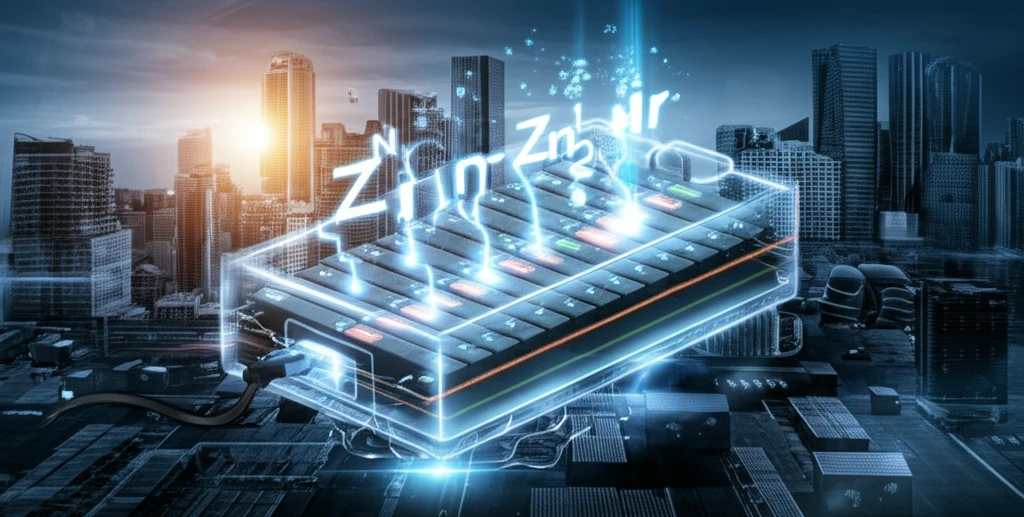
Breathe Easy: The Future is Here for Zinc-Air Batteries!
"Discover how groundbreaking advances in Zinc-Air battery technology promise a greener, more sustainable energy landscape."
In an era defined by the urgent need for sustainable energy solutions, Zinc-Air Batteries (ZABs) are emerging as a promising alternative to traditional power sources. Unlike their lithium-ion counterparts, ZABs harness the power of readily available zinc and oxygen from the air, offering a compelling mix of cost-effectiveness, environmental friendliness, and inherent safety. This makes them particularly attractive for a wide range of applications, from powering our homes to fueling the next generation of electric vehicles.
The science behind ZABs is elegantly simple: they generate electricity through the oxidation of zinc and the reduction of oxygen. On discharge, zinc electrodes liberate electrons, reacting with hydroxide ions to form zincate ions, which then decompose into zinc oxide. Simultaneously, oxygen from the air diffuses into a porous air electrode, where it is reduced to hydroxide ions. This process is reversed during charging, replenishing the zinc and releasing oxygen back into the atmosphere. The theoretical energy density of ZABs is remarkably high, exceeding that of current lithium-ion batteries, positioning them as a potential game-changer in the energy sector.
However, the path to widespread adoption of ZABs is not without its challenges. Issues such as limited cycle life due to zinc dendrite formation, shape change of the zinc electrode, and performance degradation from electrolyte carbonation need to be addressed to unlock their full potential. Despite these hurdles, ongoing research and innovation are rapidly transforming ZAB technology, paving the way for a future where clean, sustainable energy is not just a vision, but a reality.
Tackling the Tech: Key Advances in Zinc-Air Batteries

The journey to enhance ZAB technology involves tackling several key areas, each critical to improving performance and longevity. Researchers are aggressively pursuing innovative solutions to mitigate the challenges that currently limit ZAB's widespread use. These solutions span material science, chemical engineering, and electrochemistry, reflecting the interdisciplinary nature of this exciting field.
- Employing high surface area or three-dimensional electrode structures to minimize dendrite formation and improve current distribution.
- Using polymeric binders and carbon-based additives to create more robust and conductive electrodes.
- Incorporating heavy-metal or discharge-trapping additives to modify the zinc electrodeposition process.
- Optimizing electrolyte composition to reduce zinc oxide solubility and dendrite growth.
The Road Ahead: Promising Future for Sustainable Energy
Zinc-Air Batteries stand at the cusp of revolutionizing how we power our world. While significant challenges remain, the relentless pace of research and development is steadily transforming these batteries from a promising concept into a practical reality. As we continue to refine materials, optimize designs, and overcome limitations, ZABs offer a compelling vision of a future powered by clean, abundant, and sustainable energy.
